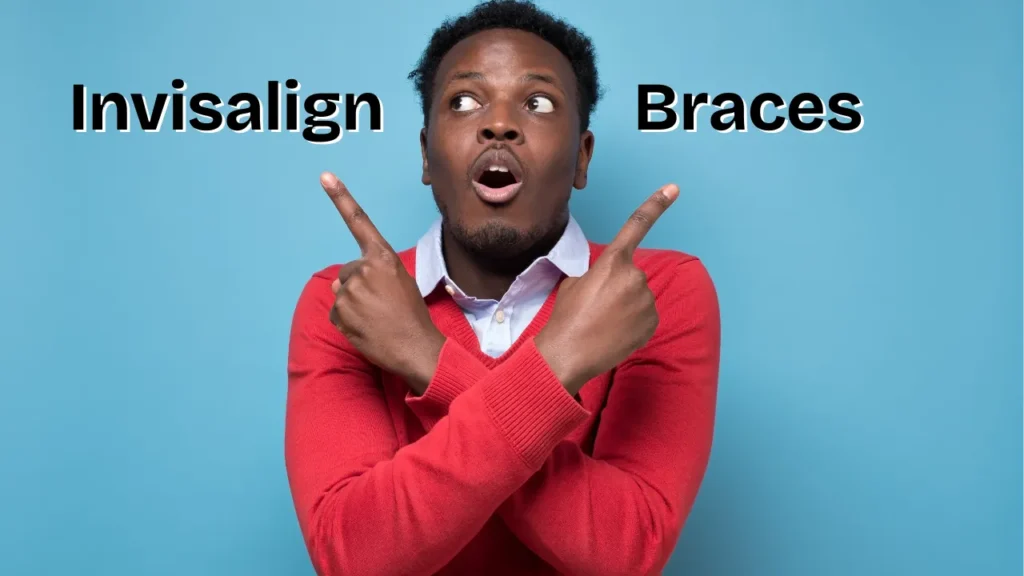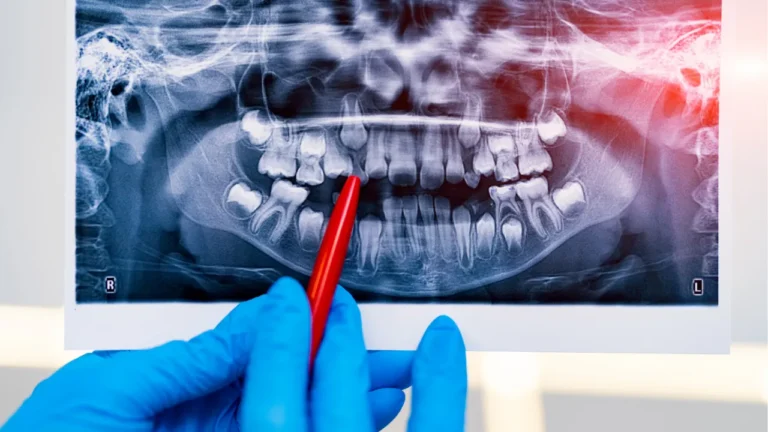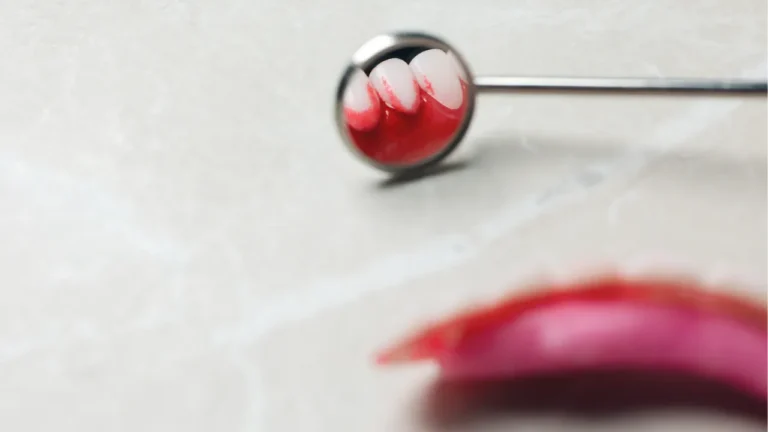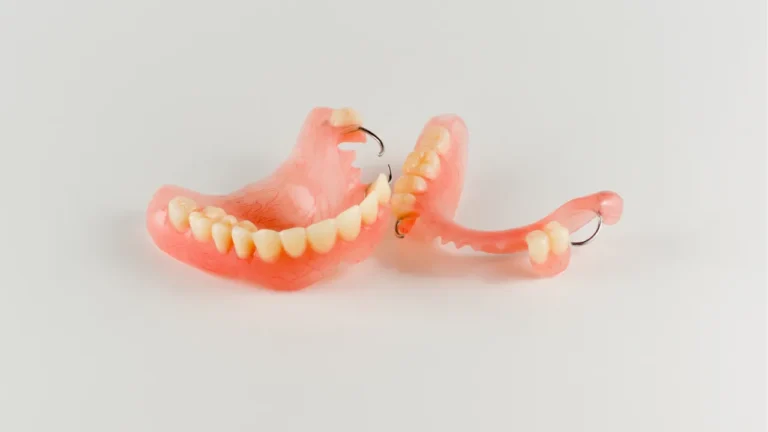Choosing between braces and Invisalign depends on your orthodontic needs, lifestyle, and budget — braces are often best for complex corrections, while Invisalign offers a more discreet, flexible option for mild to moderate cases.
Both straighten teeth effectively, but they differ in appearance, maintenance, comfort, and treatment time.
Understanding the pros and cons of each can help you make an informed decision with your orthodontist’s guidance.
Short Summary
- Braces = best for severe orthodontic issues, fixed in place, usually more affordable.
- Invisalign = best for mild/moderate cases, nearly invisible, removable for eating and cleaning.
- Braces often take 18–36 months; Invisalign usually 12–18 months (if worn as directed).
- Invisalign offers more dietary freedom; braces require avoiding hard/sticky foods.
- Comfort: Invisalign’s smooth plastic is gentler; braces may cause irritation but are low-maintenance in terms of remembering to wear them.
- Cost: Braces generally less expensive; Invisalign can be slightly higher due to customization.
What Are Braces?
Traditional braces consist of metal brackets, wires, and elastic bands that are affixed to the teeth to gradually move them into alignment.
They have been used for decades and remain one of the most reliable methods for correcting complex orthodontic issues.
What Is Invisalign?
Invisalign is a clear aligner system that uses a series of custom-made, removable trays to shift teeth into place.
These trays are nearly invisible and offer a more discreet alternative to traditional braces.
Key Factors to Consider When Choosing Between Braces and Invisalign
1. Effectiveness for Complex Cases
Braces are highly effective for treating severe misalignment, overcrowding, and bite issues such as overbites, underbites, and crossbites.
They provide continuous pressure on teeth and allow for more precise control over tooth movement.
Invisalign is best suited for mild to moderate orthodontic problems. While advancements have made Invisalign capable of handling more complex cases, traditional braces are still the preferred option for severe issues.
2. Aesthetics and Visibility
Braces are highly visible, though ceramic or clear brackets can make them less noticeable.
However, they still contain wires that may make some people self-conscious about their appearance.
Invisalign aligners are clear and nearly invisible, making them an excellent option for individuals who prefer a discreet orthodontic solution.
3. Comfort and Irritation
Braces can sometimes cause discomfort and irritation due to metal brackets rubbing against the cheeks and lips.
Adjustments may also cause soreness as the teeth shift.
Invisalign aligners are made of smooth plastic, which reduces irritation.
While some initial discomfort is expected when switching to a new set of aligners, the overall experience is often more comfortable compared to braces.
4. Oral Hygiene and Maintenance
Braces require extra care when brushing and flossing due to the brackets and wires.
Food particles can easily get trapped, increasing the risk of plaque buildup and cavities. Special tools, such as floss threaders, may be necessary for proper cleaning.
Invisalign aligners are removable, making it easier to brush and floss normally.
However, the trays must be cleaned regularly to prevent bacteria buildup and staining.
5. Dietary Restrictions
With braces, certain foods must be avoided, including hard, sticky, and chewy foods that could damage the brackets and wires.
Crunchy foods like popcorn and nuts can also pose a problem.
Invisalign does not have dietary restrictions since the aligners are removed while eating. This allows for a more flexible diet compared to braces.
6. Treatment Duration
The treatment time for both options varies based on the severity of the case. On average:
- Braces typically require 18 months to 3 years for full treatment.
- Invisalign treatment usually takes 12 to 18 months, but this can vary depending on patient compliance.
7. Compliance and Responsibility
Braces are fixed in place, so there is no need to worry about compliance.
However, patients must attend regular orthodontic appointments for adjustments.
Invisalign requires discipline since the aligners must be worn for 20 to 22 hours per day.
Forgetting to wear them consistently can delay progress and extend treatment time.
8. Cost Considerations
The cost of braces and Invisalign varies depending on factors such as location, treatment complexity, and insurance coverage.
- Braces tend to be more affordable than Invisalign, especially metal braces.
- Invisalign is often slightly more expensive due to the advanced technology and customization involved.
Insurance may cover part of the cost for either option, so it’s important to check with your provider.
Which Option Is Right for You?
Choose Braces If:
- You have severe misalignment or bite issues.
- You want a fixed option that doesn’t require daily discipline.
- You are looking for a more cost-effective solution.
Choose Invisalign If:
- You have mild to moderate alignment issues.
- You prefer a discreet, nearly invisible treatment.
- You want the flexibility to remove aligners for eating and oral hygiene.
Final Thoughts
Both braces and Invisalign are effective orthodontic treatments, but the best choice depends on your specific dental needs, lifestyle, and budget.
If you’re unsure which option is right for you, consulting an orthodontist at Every Smile Dentistry can help you make an informed decision tailored to your goals.
Schedule a consultation today to start your journey toward a straighter, healthier smile!







